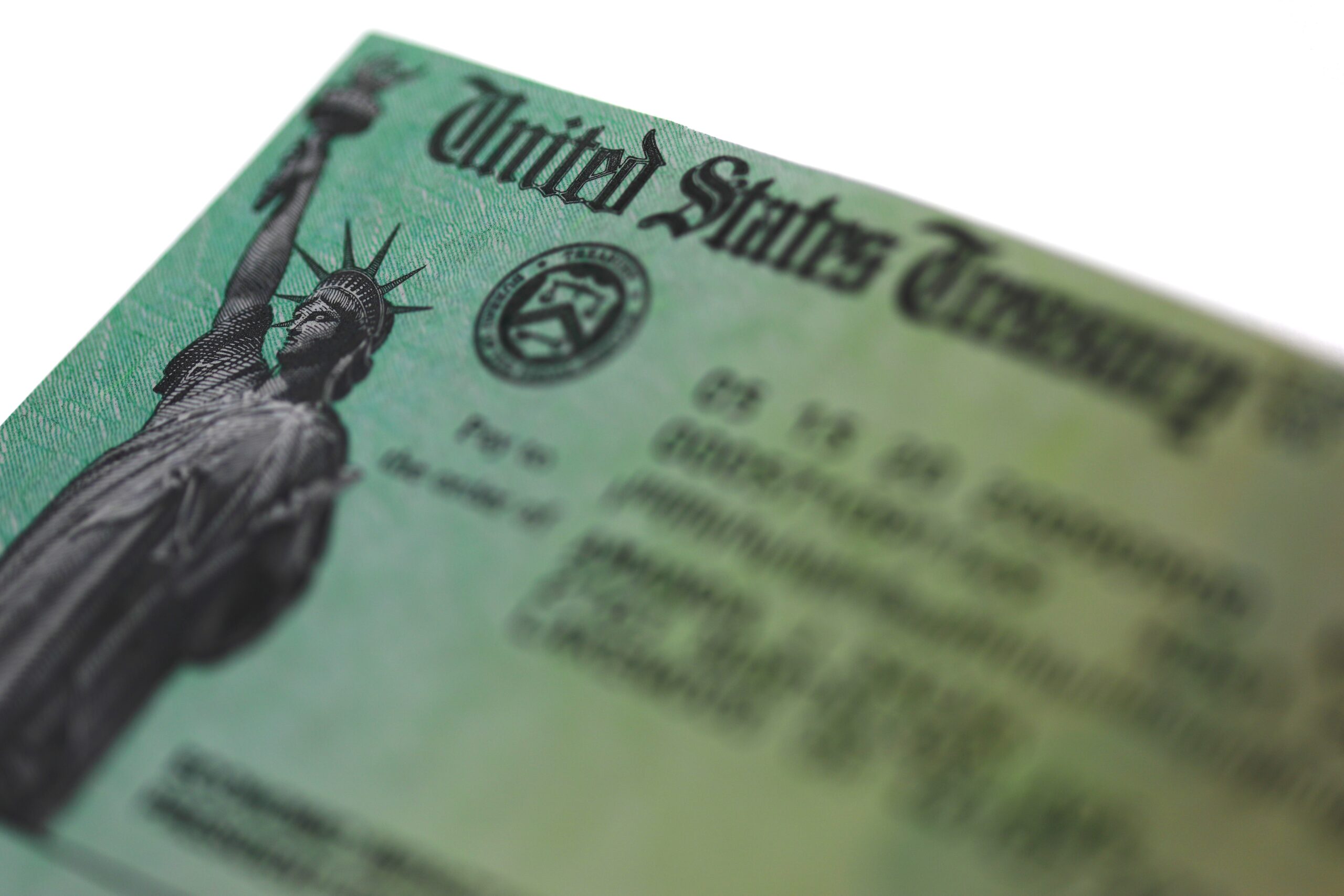A recent discovery has unveiled a significant vulnerability in the United States’ identity protection systems. In early 2023, a business owner in New Jersey reported that five U.S. Treasury checks, each valued at over $200,000, had gone missing. The checks, intended for his legitimate business, were stolen, leading to a shocking revelation: criminals had hijacked his personal and business identities to create a fraudulent entity, resulting in losses exceeding $2 million.
The findings highlight a growing concern within the financial sector. While digital breaches have garnered much attention, a lesser-known yet equally impactful threat is unfolding through the U.S. mail system. Fraudsters have increasingly targeted U.S. Postal Service letter carriers to acquire “arrow keys”—universal keys that unlock thousands of mail collection boxes. These keys provide access to vast amounts of mail, allowing criminals to search for checks and sensitive personal information.
The implications of this scheme are far-reaching. Stolen checks not only facilitate account takeovers but also serve as a foundation for creating stolen and synthetic identities, business impersonation, and tax refund fraud. In the first three months of 2024 alone, over $485 million in stolen Treasury checks were catalogued and offered for sale online. Each check represents a potential identity theft profile, complete with names, addresses, and routing numbers.
Link Between Check Theft and Identity Fraud
Financial institutions must recognize the scope of this issue. A recent analysis of suspicious activity report data from the Financial Crimes Enforcement Network (FinCEN) between January and November 2024 revealed a strong correlation between check fraud and subsequent identity theft incidents. Increased reports of stolen or altered checks reliably predicted a rise in identity theft cases.
To further substantiate these findings, researchers examined 1,947 identities associated with stolen Treasury checks posted on Telegram from May 2024 to May 2025. Cross-referencing this data with account applications from partner institutions revealed that 60 out of every 1,000 identities appeared in high-risk applications, almost double the baseline rate for identity theft.
This trend highlights a critical need for banks and financial institutions to adapt their fraud detection strategies. First, they should treat check theft as an early warning system. By monitoring the presence of applicant information in known fraud markets, institutions can preemptively address account opening fraud.
Adapting Fraud Prevention Strategies
Moreover, identity verification tools require enhancement. Traditional verification methods can be circumvented using authentic identities. By implementing high-precision machine learning models, banks can better detect anomalies that static verification processes may overlook, all while minimizing customer friction.
Additionally, financial institutions should reassess their small and medium business (SMB) onboarding processes. Research indicates that fraudsters are reviving dormant limited liability companies (LLCs) with fake ownership details to apply for business products. Conventional checks, such as Employer Identification Number (EIN) validation and Secretary of State records, are insufficient. A thorough examination of historical business snapshots and reinstatement patterns can help identify fraudulent entities masquerading as legitimate businesses.
Engagement with policymakers is also crucial. While the U.S. Postal Service is beginning to address its arrow key issues and the U.S. Treasury moves toward digital payment solutions, neither system is equipped for real-time fraud feedback. Collaboration among financial institutions, fraud intelligence providers, and public agencies is essential to track the link between physical data theft and digital fraud.
In 2024, the Internal Revenue Service (IRS) processed 167.1 million individual income tax returns and issued approximately 105 million refunds, with about 20% sent via paper check. If only 5% of those checks were intercepted, it would result in more than 1 million compromised envelopes. With a potential identity theft rate of 6%, this could mean over 63,000 Americans affected annually—a slow-motion equivalent of a midsize corporate data breach.
This estimate does not account for the myriad personal and business checks sent through the mail each day, including payments to vendors and landlords. These, too, are vulnerable to theft and exploitation for fraudulent activities.
Unlike digital breaches, where regulators mandate disclosure and remediation, there is currently no accountability for identity fraud stemming from mail theft. Victims do not receive alerts or credit monitoring, and institutions have no obligation to notify consumers when their checks or identities are found in criminal marketplaces. Until these gaps are addressed, banks will continue to bear the burden of risk and remediation.
The mailbox has emerged as a significant breach vector, and financial institutions must start treating it as such. The urgency for a comprehensive response is clear, as the implications of this issue extend far beyond the immediate financial losses, impacting millions of individuals and the integrity of the financial system as a whole.
